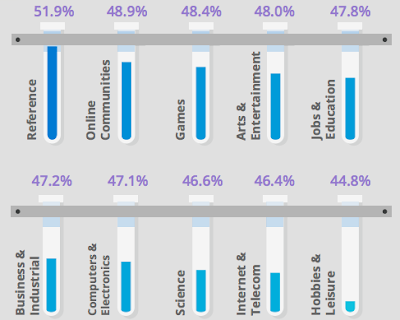Is our world of advertising and marketing headed towards super specialization? Or, in a weird, wonderful, roundabout way, are we headed towards a more collaborative, integrated environment?
Advertising was an art form. A creative beauty. Then, somewhere along the way, it evolved into both a n art and science. With accountability, with data, with technology and its immense enabling power, today advertising per se does not exist apparently. Today it is engagement, today it is conversation, it is dialog. And it is fast becoming a collective of specializations. Skill sets are no longer broad spectrum, they are now highly honed areas of zoomed in qualities and knowledge.
Cesar Hidalgo, a physicist at Massachusetts Institute of Technology and author of Why Information Grows, coins the word “personbyte” to describe the amount of knowledge that one person can reasonably know. The personbyte isn’t getting any smaller but — relative to the knowledge that needs to be mustered to produce a modern scientific paper, or a computer, or a car — the personbyte looks ever more inadequate.
In our context, this 'personbyte' is becoming highly demanding, and thus asking for head spaces that are guardians of specifics rather than wide spectrum. You cannot be an expert in SEO and SEM at the same time. You cannot really write great copy and also edit film. You cannot be the one who translates data into insight and then photoshop it into a beautiful instagram. Or can you?
Here, team work is becoming important. This seems to be the only way to break free from the limits of 'personbyte' in our world. Thus, within an agency environment, integration and working together is becoming key. One person cannot hold all the necessary know-how in her head, so she must work together with others. One agency, in theory, has the same constraints. Thus it is becoming important, and imperative for a specialized creative agency to work with a highly skilled data agency. A media planning agency with a highly tech driven buying agency that say, specializes, in Real Time Bidding.
And were increasingly seeing this model succeed with large groups of agencies who have multiple specializations within their umbrella shade, going in together and offering 1+1=11 solutions. Offering integrated thinking and integrated doing. Like the old world of through-the-line. But this time a bit different. The sum of the parts being greater than the whole. Gestalt.
Today's pitch teams in the agency world are huge. At least in the planning and prep stage. Several specialist skills now input where usually a creative team would 'crack the pitch deck' in the early days. This is a natural step in the evolution process of our world of consumer engagement, because there are so many channels, so many voices, so many ways to connect, that one needs so many guides to bring it all together. And large agency groups are going in, armed with better insights, better data to back up their claims, better creative (born out of better inputs) and result driven marketing solutions that can be analyzed, measured and revised as needed. All by specialists. All working together.








